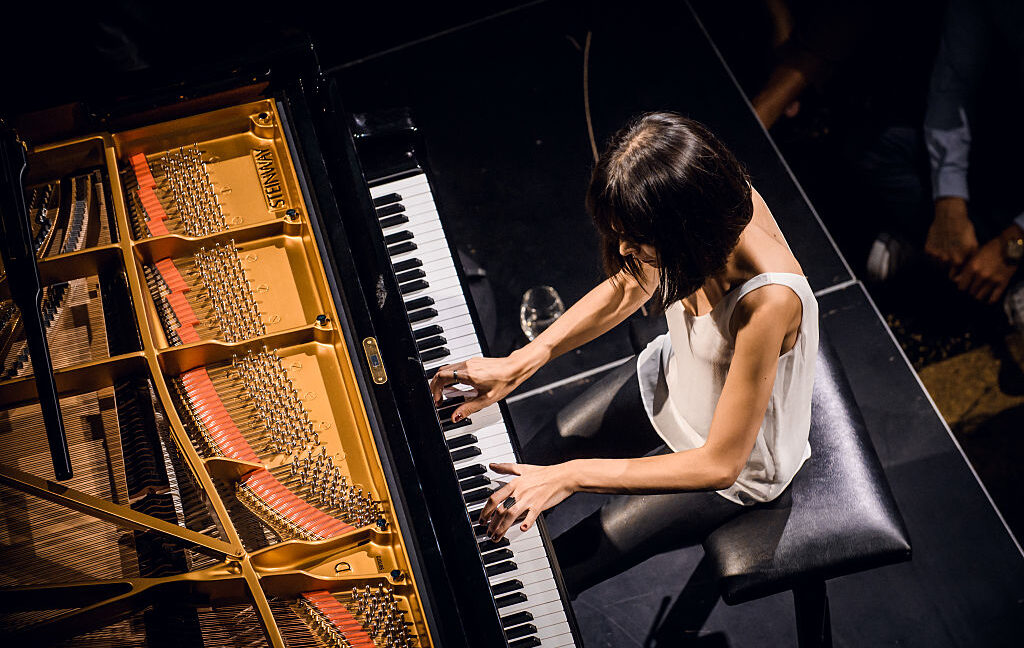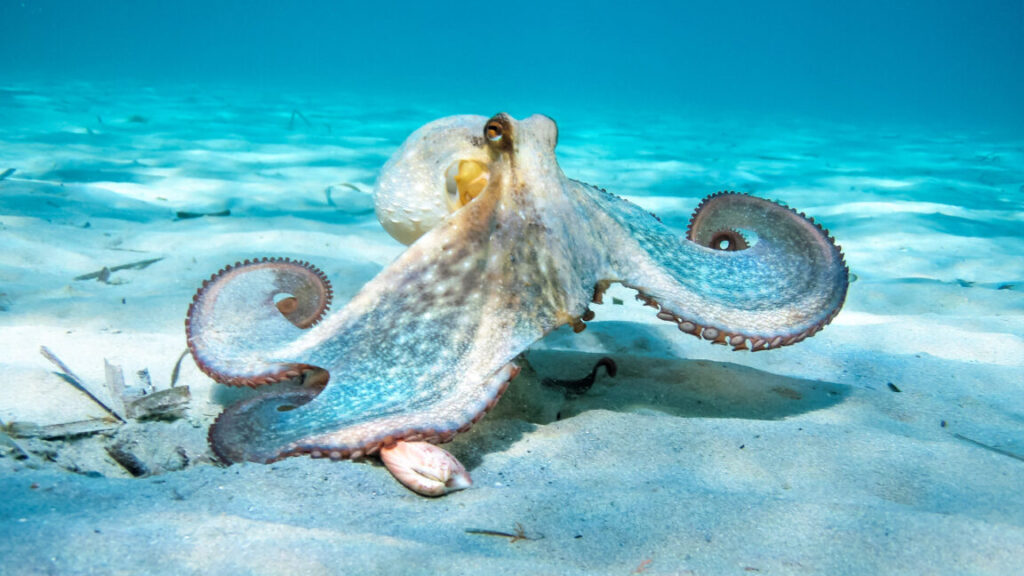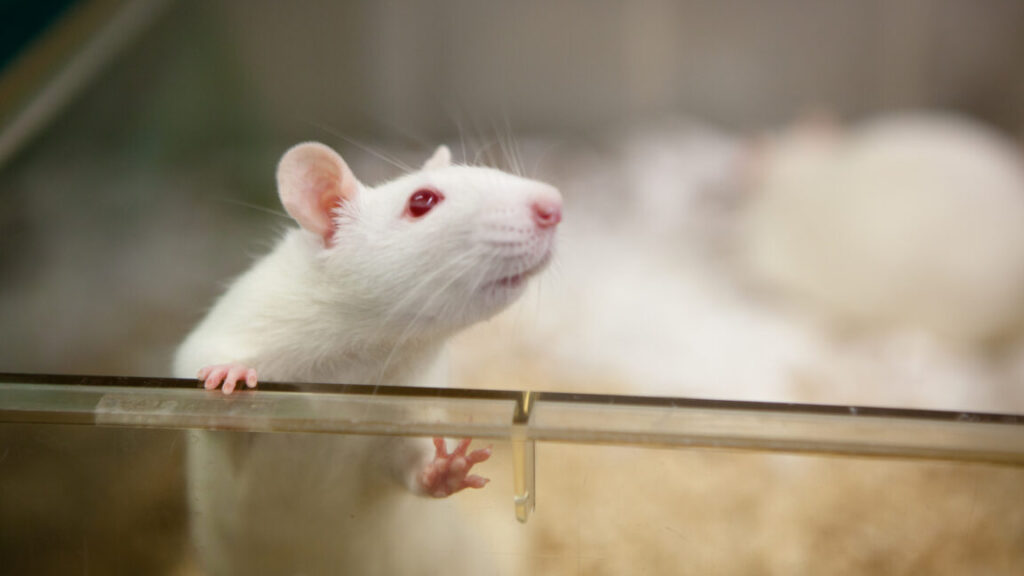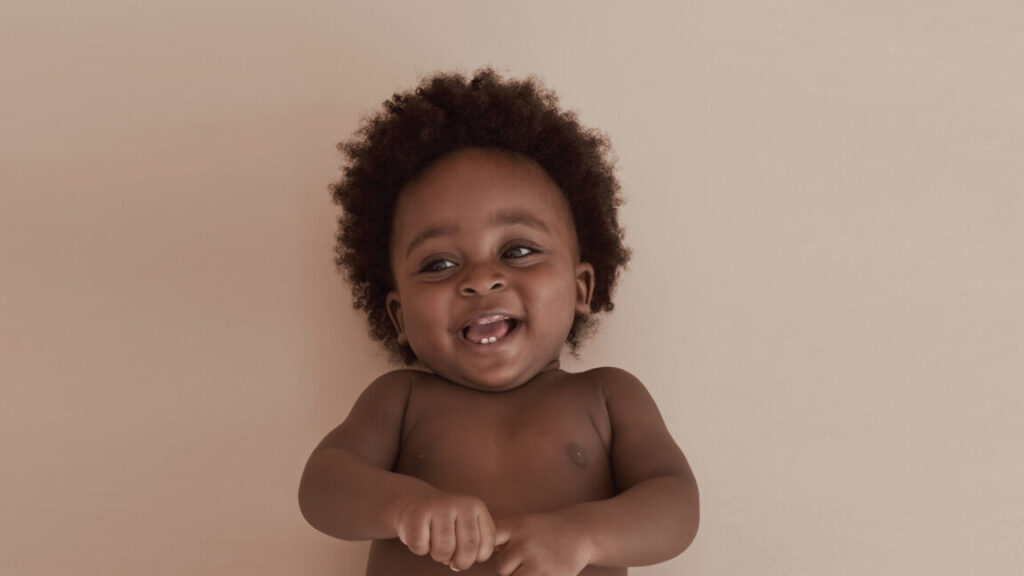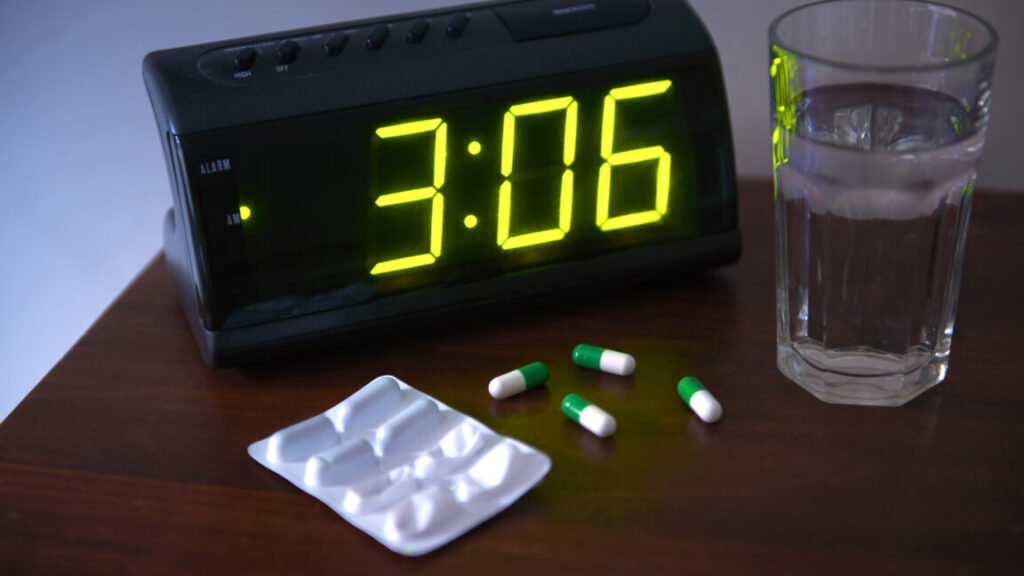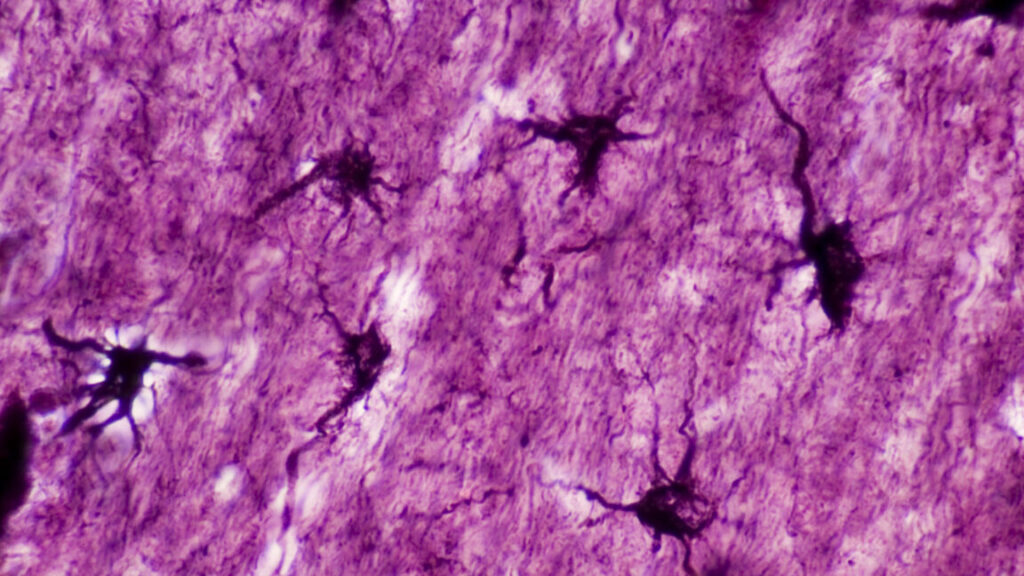An inner-speech decoder reveals some mental privacy issues
But it struggled with more complex phrases.
Pushing the frontier
Once the mental privacy safeguard was in place, the team started testing their inner speech system with cued words first. The patients sat in front of the screen that displayed a short sentence and had to imagine saying it. The performance varied, reaching 86 percent accuracy with the best performing patient and on a limited vocabulary of 50 words, but dropping to 74 percent when the vocabulary was expanded to 125,000 words.
But when the team moved on to testing if the prosthesis could decode unstructured inner speech, the limitations of the BCI became quite apparent.
The first unstructured inner speech test involved watching arrows pointing up, right, or left in a sequence on a screen. The task was to repeat that sequence after a short delay using a joystick. The expectation was that the patients would repeat sequences like “up, right, up” in their heads to memorize them—the goal was to see if the prosthesis would catch it. It kind of did, but the performance was just above chance level.
Finally, Krasa and his colleagues tried decoding more complex phrases without explicit cues. They asked the participants to think of the name of their favorite food or recall their favorite quote from a movie. “This didn’t work,” Krasa says. “What came out of the decoder was kind of gibberish.”
In its current state, Krasa thinks, the inner speech neural prosthesis is a proof of concept. “We didn’t think this would be possible, but we did it and that’s exciting! The error rates were too high, though, for someone to use it regularly,” Krasa says. He suggested the key limitation might be in hardware—the number of electrodes implanted in the brain and precision with which we can record the signal from the neurons. Inner speech representations might also be stronger in other brain regions than they are in the motor cortex.
Krasa’s team is currently involved in two projects that stemmed from the inner speech neural prosthesis. “The first is asking the question [of] how much faster an inner speech BCI would be compared to an attempted speech alternative,” Krasa says. The second one is looking at people with a condition called aphasia, where people have motor control of their mouths but are unable to produce words. “We want to assess if inner speech decoding would help them,” Krasa adds.
Cell, 2025. DOI: 10.1016/j.cell.2025.06.015
An inner-speech decoder reveals some mental privacy issues Read More »

